ATLANTIS
GABRIEL VALANSI
Sept 27 - Nov 20, 2025
Gabriel Valansi’s artistic practice highlights how visual memory is entangled with the degradation of information. His work poses fundamental questions: What is truly forming within us? What are we really seeing? What are we actually perceiving?
His project Atlantis emerges as a continuation of these inquiries, developed alongside the rise of 3D printing and the everyday possibility of generating objects. Rather than focusing on the finished objects themselves, Valansi directs his attention to the errors of the machines. He consistently works within these “error zones,” forcing glitches, bending linear programs until the systems crash, and exploring the unintended results that appear when tools are used against their intended purposes.
The myth of Atlantis became a conceptual anchor for this exploration. Inspired by both ancient Platonic accounts and later theories that cast the Atlanteans as an advanced technological civilization destroyed by its own uncontrollable development, Valansi connects this legend to contemporary anxieties about technological singularity. As futurist Vernor Vinge predicted in the 1960s, this threshold—where technology becomes so complex that only other technologies can manage it—may arrive around 2030, a moment now uncomfortably nearby.
Through the distorted fragments of 3D prints, Valansi imagines impossible architectures of the lost city: structures born from glitches, deformities, and anomalies. In this way, Atlantis evokes a civilization overwhelmed by its own creations, while also reflecting our present reality of algorithmically generated images, systems that perpetuate misinformation, and technologies that evolve beyond human oversight.
Valansi’s Atlantis ultimately challenges us to confront urgent questions about our relationship with technology, perception, and the risks of unchecked innovation—questions that, if left unanswered, may lead humanity toward an Atlantis-like fate.
IN SEARCH OF ATLANTIS
For decades—centuries, even—whether inspired by noble intentions or by the most dubious motives, theosophists and occultists, mystics and pseudo-scientists, charlatans and conspiracy theorists alike have fueled popular fascination with Atlantis: a supposed ancient yet highly advanced civilization, tragically lost to the depths of the sea.
At least one element of that legend resonates powerfully today: the Atlanteans are said to have perished through the unchecked expansion of their own technology.
After a long succession of frustrated attempts—near the Bosphorus, off the Strait of Gibraltar, by the Azores, or in the Gulf of Laconia—the ruins of Atlantis’s prodigious constructions have, at last, been revealed.
They were not hidden on the seabed, nor at the ocean floor, nor beneath the waves of the Mediterranean.
Instead, the traces of this archetype of the “lost city” have surfaced within the fissures of a contemporary process of trans-codification: in the residual glitches of three-dimensional printing—caused by electronic errors or micro mechanical failures—Gabriel Valansi has unearthed Atlantis.
“The original matrix of computer science,” writes Éric Sadin, “maintains a furtive connection with the Kabbalah, which sees in texts or phenomena the possibility of being entirely transcribed — or ‘trans-codified’ — into numbers, to unravel them or reorder them according to their fundamental components.”
Undeniably, something mystical and enigmatic also haunts the cracks of this contemporary Gematria, which mathematically transposes objects to command their reproduction.
Each fault in transduction gives rise to strange, spectral forms — fragments of an impossible culture, ominous yet strikingly beautiful.
Florencio Noceti
Gabriel Valansi is a visual artist and photographer whose practice spans video, installation, and photography. He has represented Argentina in international biennials such as Ushuaia (2001) and La Habana (2003, 2012), and has received awards including Artist of the Year from the Argentine Association of Art Critics (2001) and the OSDE Foundation Award for Visual Arts (2005). His work has been exhibited across Argentina, Europe, the United States, and Latin America, and is held in major public collections such as the Museum of Fine Arts (Houston, USA), the Bibliothèque Nationale (Paris, France), the Museum of Modern Art (São Paulo and Rio de Janeiro, Brazil), Casa de las Américas (Havana, Cuba), and key Argentine institutions including MAMBA, MACRO, and the Emilio Caraffa Museum.
Click here for a preview
2025
2024
2024
2023
2022
2021
![]() MAGNUS SODAMIN
MAGNUS SODAMIN
WILD ALTAR
Gallery I
Sept 24 | Nov 19, 2021
 MAGNUS SODAMIN
MAGNUS SODAMINWILD ALTAR
Gallery I
Sept 24 | Nov 19, 2021
2020
2019
2018
2017
2016
2015
2014
GRACIELA HASPER
PROXIMITIES
Curator: Verónica Flom
Sep 25 | Nov 28, 2018










Dot
Fiftyone Gallery is pleased to present Proximities,
the first exhibition of Argentine artist Graciela Hasper in
Miami, on view from September 25 to November 25, 2018.
The
show will include a new body of paintings and watercolors works that
demonstrate her continued research on abstraction and geometry,
subjects on which she has been working since the nineties.
For
this exhibition, each of Graciela Hasper's works has its particular
rules: over layered rectangles, curves, circles and squares establish
their own system and become a platform for the celebration of color.
So pure as such found in a children’s marker box, a palette of
bright and shiny colors coexist harmonically within the same space.
As curator Verónica Flom explains: “The
paintings have the double quality of being both overpowering and
subtle, like the wave of the sea that shapes the rock. The
watercolors, on the other hand, are more intimate, and it is perhaps
that intimacy that allows Hasper a greater degree of freedom. If in
the paintings the contours seem perfect to us, almost digital, in the
watercolors they become watery and even fragile.”
Graciela
Hasper (b. 1966, Buenos Aires) was the subject of the survey
exhibition Gramática
del color,
curated by Victoria Noorthoorn at the Museo de Arte Moderno de Buenos
Aires (2013). Her most recent works have expanded to a larger scale,
such as the site-specific pieces, Nudo
de Autopista(2013), Notas
de Luz(2016), both in Buenos Aires, and the mural for the Faena Forum, in
Miami Beach (2016). She had solo shows at Sicardi Gallery, Houston;
Ruth Benzacar, Buenos Aires; and Annina Nosei Gallery, New York. Her
works have been featured in prominent group exhibitions at Maison
Rouge, Paris; The Blanton Museum, Austin; and Americas Society, New
York, among others. Hasper’s works are represented in several major
collections including The Museum Fine Arts Houston; Fundación
Patricia Phelps de Cisneros; The Diane and Bruce Halle Foundation;
MALBA, Buenos Aires; Museo de Bellas Artes, Buenos Aires; Museo Arte
Contemporáneo de Buenos Aires; Museo de Arte Contemporáneo de
Madrid, Spain; Jorge Pérez Collection; Alan Faena Collection; Carlos
and Rosa de la Cruz Collection; Deutsche Bank Collection; and César
Gaviria Collection.
Verónica
Flom received an M.A. in Museum Studies at New York University. She
worked as Exhibitions and Public Programs Coordinator of Visual Arts
at Americas Society, New York, and previously at the Art Department
of Universidad Torcuato Di Tella, Buenos Aires. She co-authored the
publication David
Wojnarowicz and Luis Frangella in Argentina(2017) with Ian Erickson-Kery.
On
Monday, September 24 at 7 p.m., Faena Forum hosted a talk with artist
Graciela Hasper, Zoe Luckov (Director of Exhibitions, Faena Art),
Patricia Garcia-Velez Hanna (Art Director, Related Group) and
Verónica
Flom (Curator, Dot Fiftyone Gallery).
ADAM SHOW
8 MALE ARTISTS
Feb 2 | Mar 3, 2018
Dot
Fiftyone Gallery is pleased to announce “ADAM”, an exhibition
curated by Raquel Schwartz that explores questions
and concepts through works by eight international male artists who
reflect upon the nature of being, spirituality, and faith.
Participating artists: Andrés
Pereira, Douglas Rodrigo Rada, Fernando Carabajal, Iván Cáceres,
Karsten Krejcarek, Oscar Abraham Pabón, Ricardo Rendón, and Roberto
Valcárcel.
What
is a soul or a spirit? What happens after death? Is there life after
death, and where is it? What does faith mean? Is there a God and
where does He live? Do we reincarnate when we abandon this body? What
are we made of? Where do we come from? Where are we going? What is
the purpose of our lives? What are miracles? Perhaps the miracle
consists in that we are finally able to be in control of our minds?
Who are our neighbors in the universe? Where are they? How can we get
in touch with them? Or is it possible that we are already in touch
with them?
To
know and to understand that we are interconnected and that our lives
revolve around these mysteries is already an intrinsic part of what
and who we are today as human beings in the 21st
century; in fact, from the beginning of humanity, from Genesis and
Çatalhöyük, we have created everything around questions like
these. Devotion, sacrifices, massacres, laws, dogmas, wars,
invasions, values, injustices, surrenders, and beliefs have tried to
hold on to this spiritual and religious justification.
This
exhibition does not attempt to answer any question conclusively;
rather, it seeks to offer a comparison, from the point of view of
art, centering on each individual artist’s questions and getting a
closer look, from the point of view of contemporary subjectivity, in
order to answer these questions, oftentimes by investigating each
individual’s thoughts.
Raquel
Schwartz
MICHELLE WEINBERG
SELECTIONS FROM SOMETHING VAST
Apr 13 | Jun 17, 2018

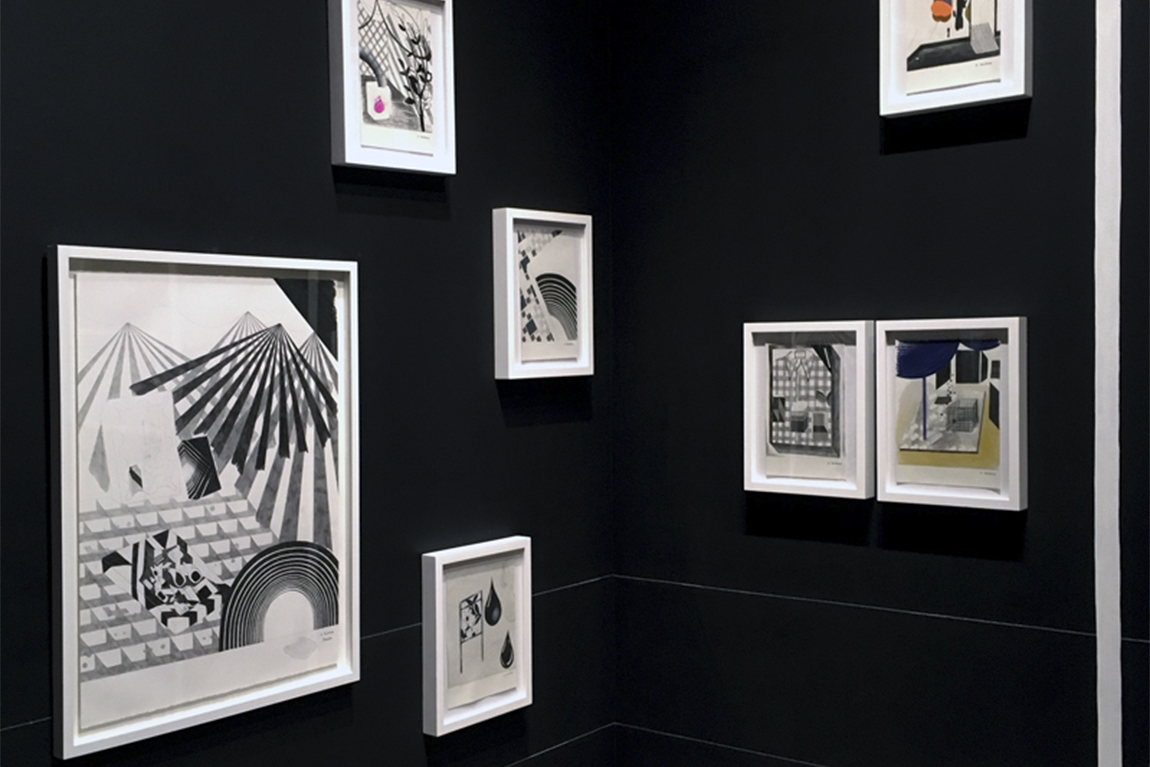
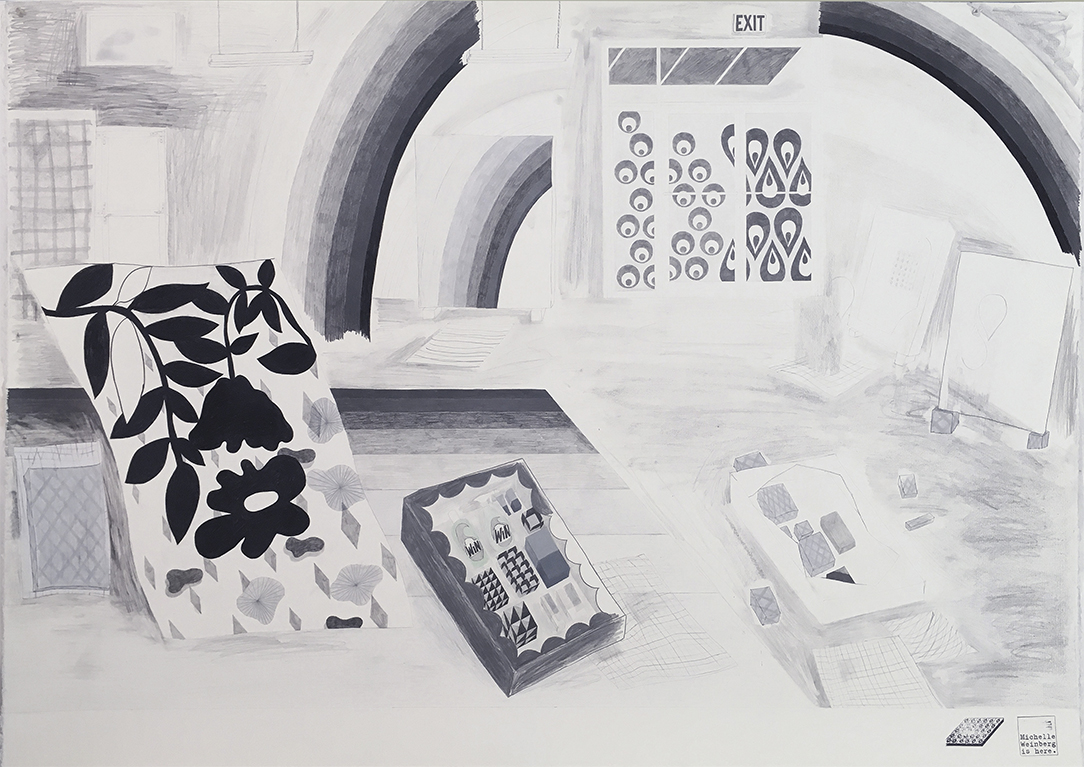
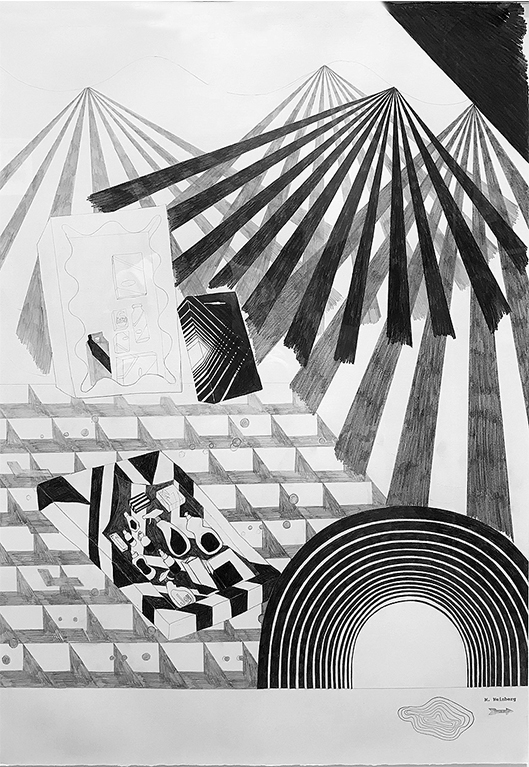
Selections
From Something Vast is an installation of recent graphite drawings
and boxed arrangements of papier maché objects. The works shown
demonstrate how Weinberg accommodates the maddening and inspiring
accumulation of images and things in contemporary life. To paraphrase
the designer Ettore Sottsass, she discovers value in a wasteful
society by involving herself in the symbolic and spiritual meaning of
useful things.
The
small graphite drawings are a product of transit. They are the
artist's travel papers, accompanying her on planes and car trips, a
dossier she packes with her. They record characters and episodes from
the moving stream of inspirations that comes from thoughts,
observations of her environment, images from magazines, art and
objects viewed in galleries and museums, friend's studios, from books
she is reading, online researches and via social media. They are
diaristic in their compulsive link to her lived experience. Their
subjects are storefronts and vines, interiors and clothing, paintings
and architecture, stage-y landscape, signs and billboards, an
eccentric and abstracted scenography.
The
papier maché works are the most recent iteration of her ongoing
project called Shelf Life. They are composed of found packages and
vessels, recycled for everyday use. Their branded messages are
sometimes replaced with new banalities such as "Win" or
"New", but most often their surfaces are coated with color
relationships and geometric compositions. The familiar forms of some
of the products co-exist with their new appearances, and in this way
the artist collaborates with the layers of social veneers that we
interact with in real life. Like dioramas, toy and gift sets, candy
or perfume assortments, generic product and souvenirs, these works
are alternately valueless and fetishized. They speak to the consumer
lust for beauty, vitality and allure. They are coveted and bought
home to become part of personal rituals. One of the sources for these
boxed sets is the Chinese tradition of burning paper replicas of
everyday personal items at funerals and tomb sweeping ceremonies. For
Weinberg, they involve her in the ephemeral nature of things and
human life, and the questionable longevity of shelf life - or of
posterity, the afterlife of art.
Michelle
Weinberg is a painter who creates art for surfaces, interiors,
architecture and public spaces. She received her BFA from School
of Visual Arts in NYC and her MFA from Tyler School of Art in
Philadelphia. She is the recipient of awards, fellowships and
residencies including a Creative Learning Grant from the Lower
Manhattan Cultural Council, a Pollock-Krasner Foundation Award, a
South Florida Cultural Consortium Fellowship in Visual & Media
Art, an Individual Artist Fellowship and Artist Enhancement Grant
from the State of Florida, the National Foundation for
Advancement in the Arts, residencies at Mayer of Munich in Germany,
MacDowell Colony, Millay Colony, the Fine Arts Work Center in
Provincetown, homesession and Fundacion Valparaiso in Spain, and
Altos de Chavon in the Dominican Republic. Exhibitions of her work
include: FIU Frost Art Museum, the Wolfsonian Museum, design sublime
and Emerson Dorsch Gallery in Miami, Cyan Gallery in Barcelona,
Curatorial + Co in Sydney, The Hewitt Gallery at Marymount Manhattan
College and ARENA and Open Source in NYC, The Bob Rauschenberg
Gallery at Edison State College in Fort Myers, FL, The Schoolhouse
Gallery in Provincetown, MA and Islip Art Museum, NY. Commissions
include murals for The Wolfsonian Museum-FIU, Facebook offices in
Miami, Bay Parc Plaza Apartments in Miami
and Young at Art Museum in Davie,
public art projects for Miami-Dade County, City of Tampa, City of
Pembroke Pines, Cultural Council of Jacksonville, and City of
Hollywood, all in FL. Weinberg is Creative Director of Girls’
Club in Fort Lauderdale, and a consultant to museums and
non-profits, developing exhibitions, education programming and more.
GIAN PAOLO MINELLI
THE SKYN OF THE CITIES
Apr 13 | Jun 17, 2018
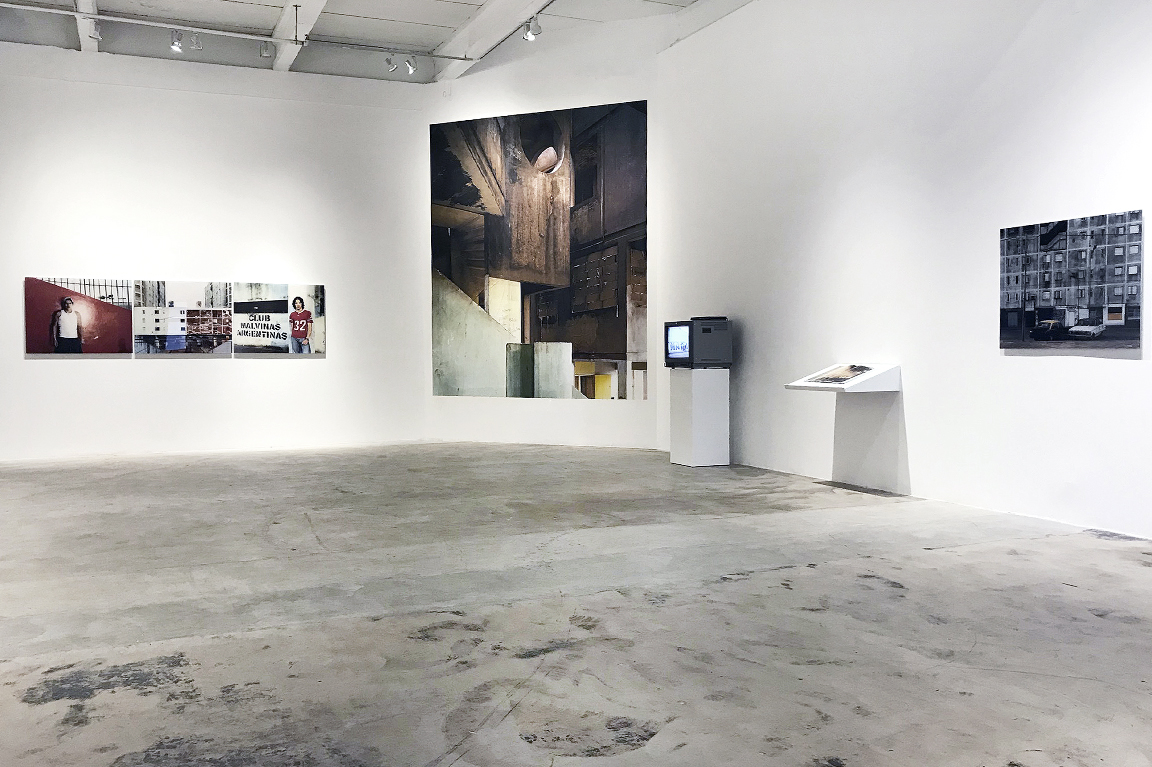



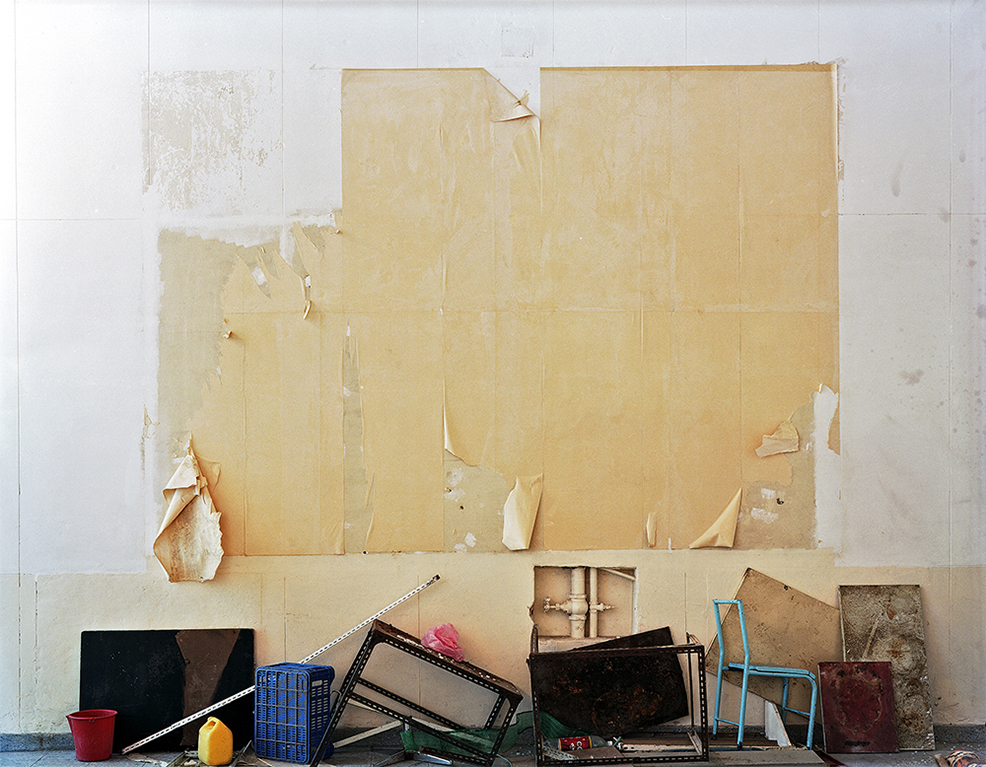


In
Gian Paolo Minelli’s “The
Skin of the Cities” (the artist’s second solo exhibition with Dot
Fiftyone Gallery),
architectural photography becomes a social document, and social
reportage becomes an artistic project: the soft walls of
society find their counterpart in the hard walls of the building. It
is immediately apparent that Minelli is a photographer with a talent
for capturing the sculptural quality of architecture, a formalist
reproducing the built world with a brilliant sense of its spatial and
plastic tensions.
This
urban landscape exudes a coldness far removed from our conventional
image of the Latin joie
de vivre.
Signs of violence, desolation and lawlessness are visible everywhere.
Minelli’s
photographs show how beautiful they are. What is special about
Minelli’s work is that it goes beyond the poetry of the brutal, the
aestheticization of the ugly. People live in these streets and in
these concrete bunkers. Gian Paolo Minelli knows them, has befriended
them, works with them. He played a key role in setting up the
community cultural center. Tellingly, he doesn’t make
portraits of these people. Instead, he sets up his tripod and hands
over the self-timer to his subjects. They are invited to take
pictures of themselves, to show us how they see themselves and the
world around them. But Minelli is not a social worker with a plate
camera. He never seeks to embellish the hardness and coldness of
photography itself. On the contrary: Minelli’s work shows that
these buildings, these streets and these people also have their
style, their pride, and their beauty – whether we like it or not.
Some
of the works featured at Dot Fiftyone Gallery have been recently
shown at The
J. Paul Getty Museum
in Los
Angeles
in the exhibition “Photography
in Argentina (1850-2010): Contradiction and Continuity,”
curated by Judith Keller and Idurre Alonso. This show examines the
historical and political complexities in Argentina, highlighting the
heterogeneity of its reality, the creation of contradictory
histories, and the power of the construction of images in the
configuration of a national identity. A set of approximately 300
photographs across 200 years of history was the challenge that the
curators managed to unveil, bringing together a comprehensive
panorama of Argentine history through photographic documentation and
by rescuing the talent of contemporary artists. This exhibition was
part of Pacific
Standard Time: LA/LA,
a far-reaching and ambitious exploration of Latin American and Latino
art in Los Angeles, which took place from September 2017 through
January 2018 at more than seventy cultural institutions across
Southern
California.
Minelli’s
highly original synthesis of documentary and content-oriented
photography, on the one hand, and conceptual, formalist photography,
on the other, is always easy and natural. His photographs guide us
into the glowing core of the cities, which is mostly found at their
periphery, and we come to realize that the fissures, the rust, the
ruins, and also the defiance, the self-affirmation, the silent
dignity, humor, and beauty reveal themselves in the façades of their
buildings and in the faces of their denizens.
Gian
Paolo Minelli, was born in
Geneva,
Switzerland, in 1968. He arrived in Buenos Aires in 1999 and, since
then, he’s been living between Switzerland and Argentina. In Buenos
Aires, he developed his series Zona
Sur (2000-2010); Playas (2004-2008); Galpón
Colón
(2004-2005); and Cárcel
de Caseros
(2000-2002). In these works, which Minelli calls “photo essays,”
since he considers them more like a development of ideas rather than
a sequence of photographs, he offers several answers as to the form
and operations of the city.
In
2008, he received the Swiss Art Award, as well as the Applied Arts
Award in 1996, 1999, and 2002 in Berne, Switzerland. From 1998 to
1999, he was artist-in-residence at the Swiss Culture Institute in
Rome, Italy. He was also awarded the Cité des Arts Prize in Paris,
which allowed him to extend his residency there (2009-2010). The
Skin of the Cities/La piel de las ciudades
was recently published, a review of his entire career as a
photographer, curated by Tobia Bezzola and published by Codax and JRP
Ringier Publishers (Zurich, 2009).
Minelli
has had solo exhibitions at
different
museums, contemporary art centers, and galleries in different cities
around the world. He has participated in more than seventy-five group
exhibitions in remote cities such as Buenos Aires, Rotterdam, Krakow,
Rosario, São
Paulo, Miami, Basel, Mexico City, Bogotá,
Turin, New York, Rome, Hamamatsu, Zurich, Liverpool, and Geneva. He
edited and published the following books: Variation of Theme,
Lugano, Switzerland (2017); Zona
Sur, Barrio Piedra Buena, Buenos
Aires, Argentina,
2001-2006 (2007); Cárcel
de Caseros 2000-2002
(2003); Transfer
(1999); Buenos
Aires: encuentro con treinta artistas
(1997); and Notturni
(1997).
CONSUELO CASTAÑEDA
INSTANTS
Jul 12 | Sep 12, 2018





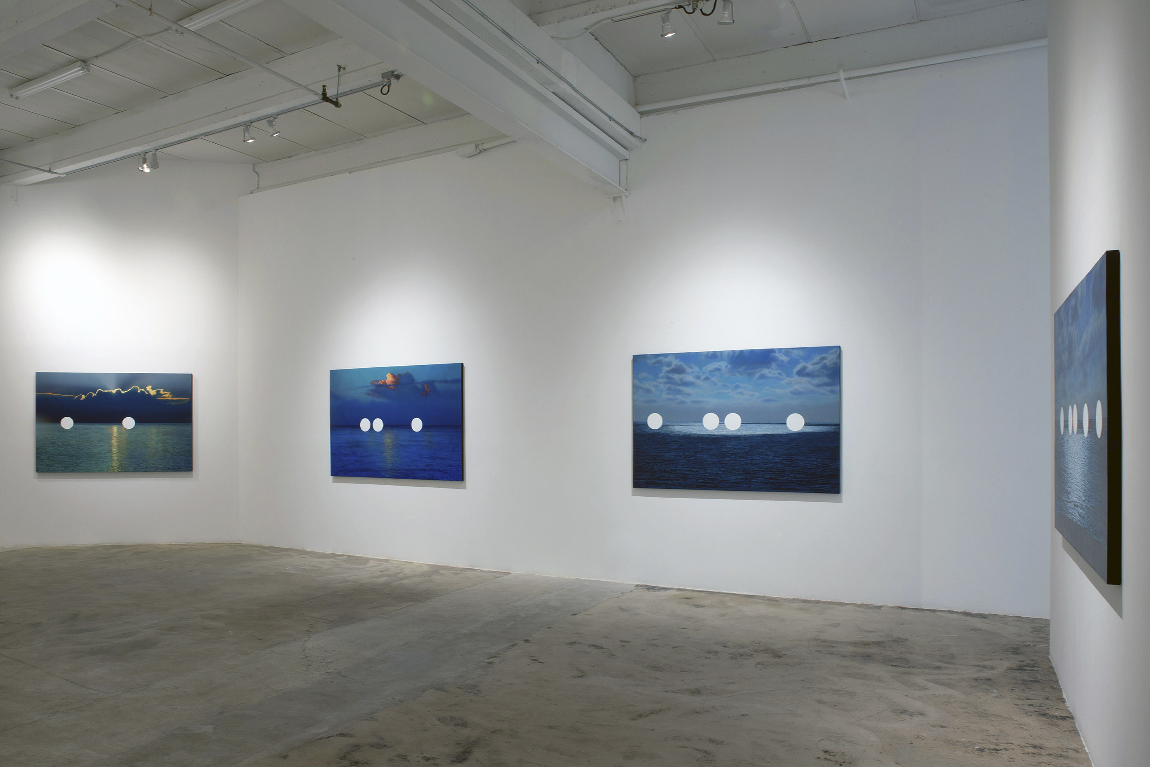





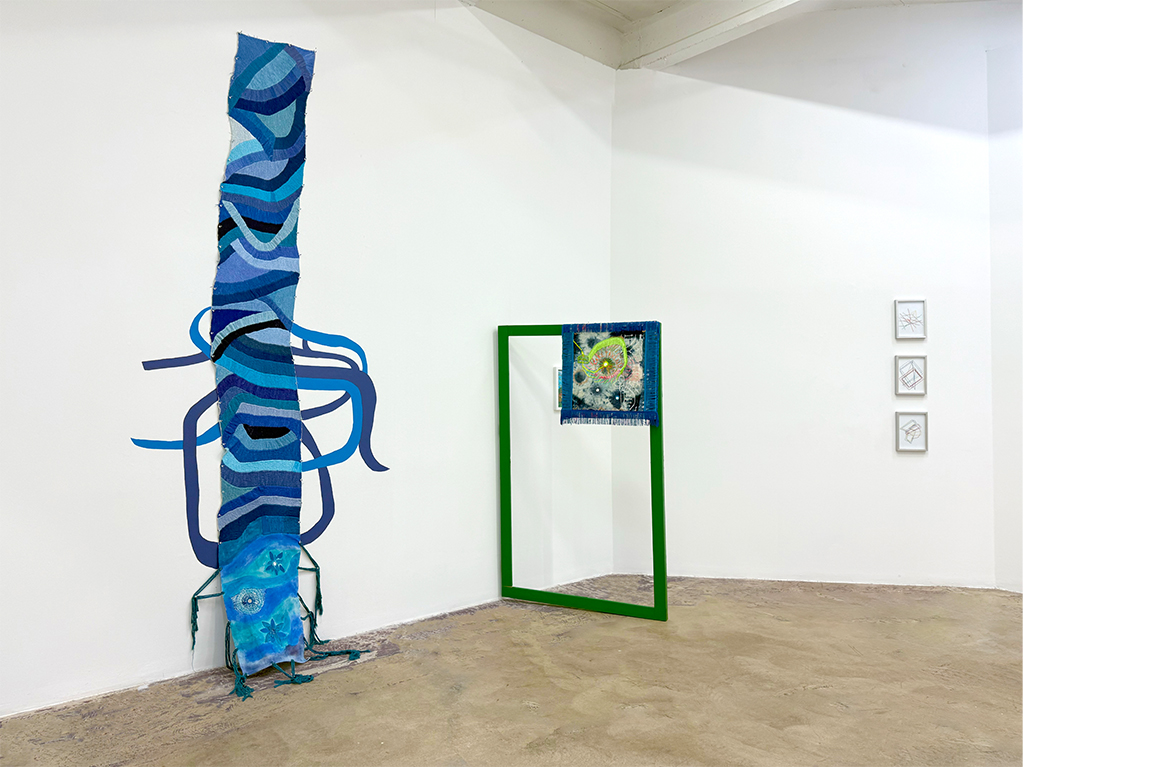
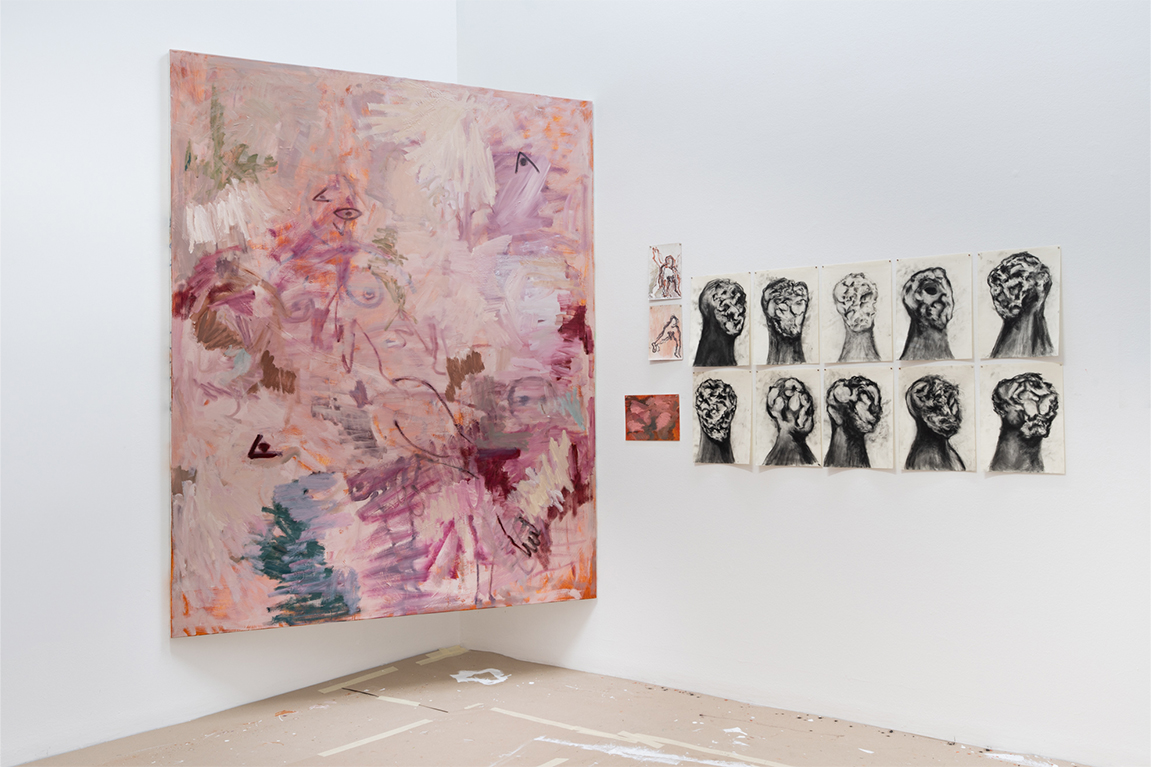



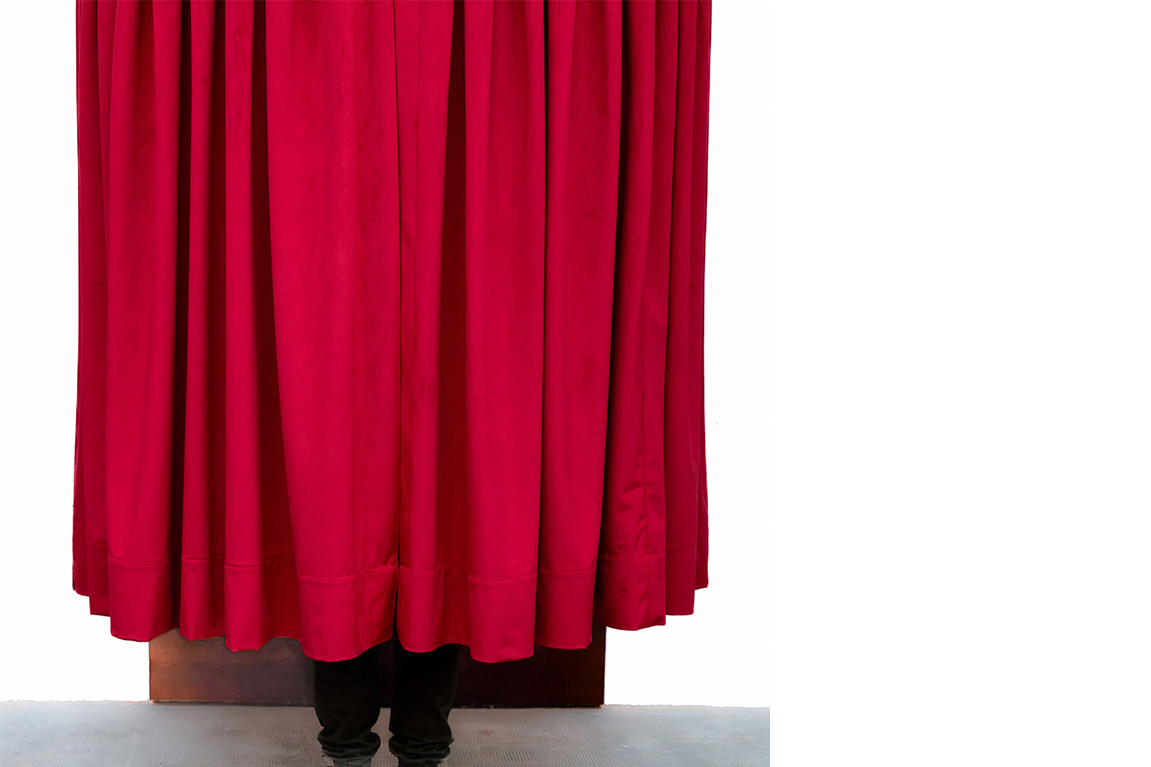
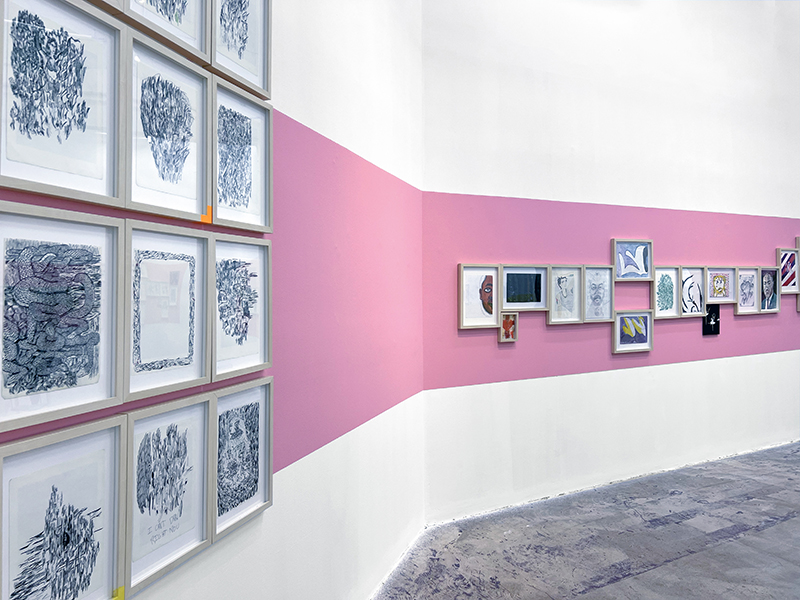
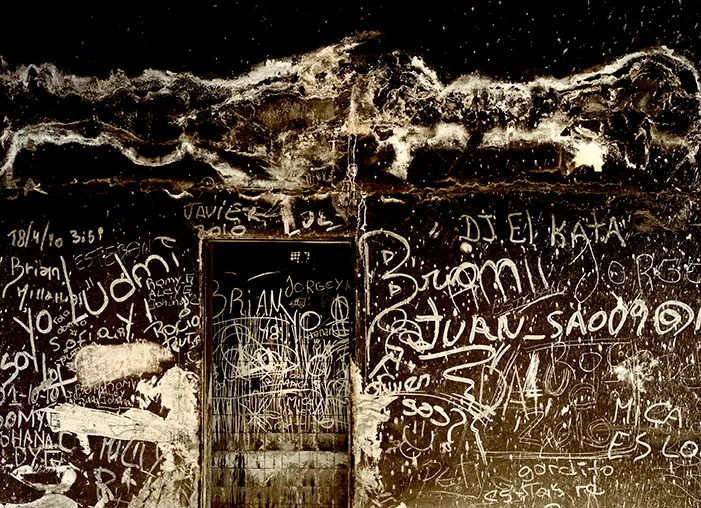
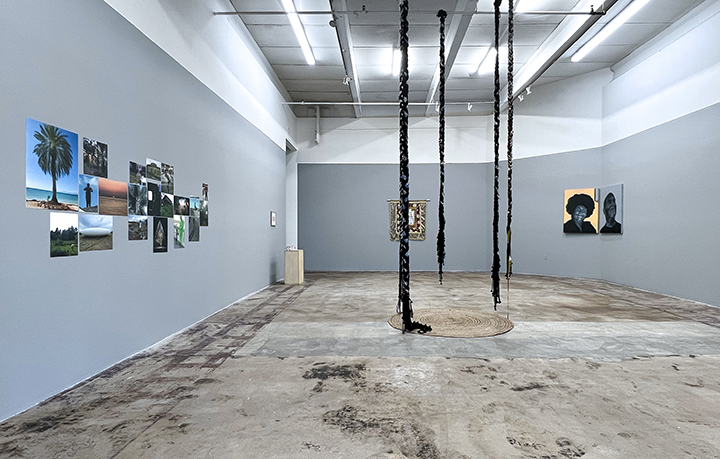
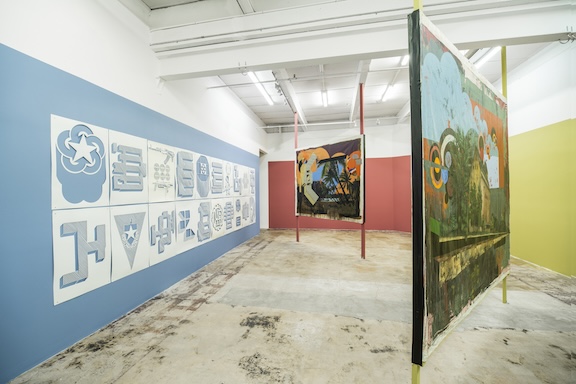
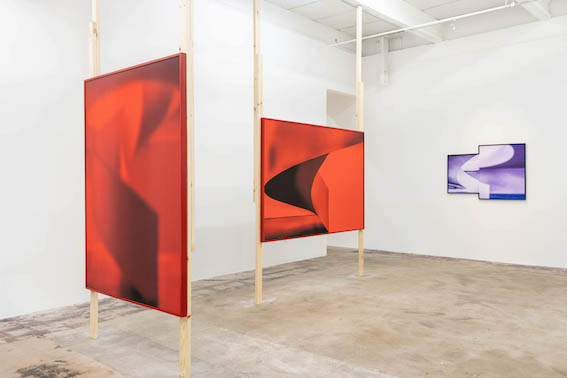
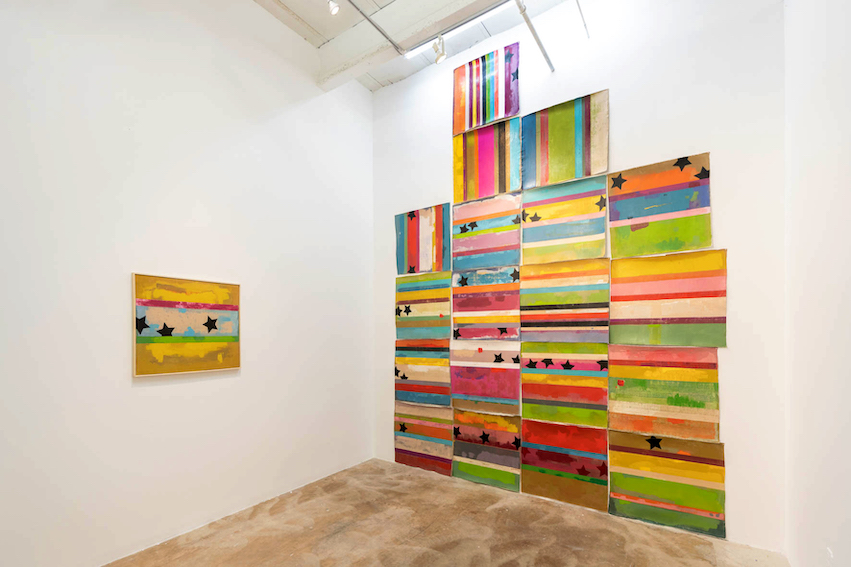 BANDWŌ
BANDWŌ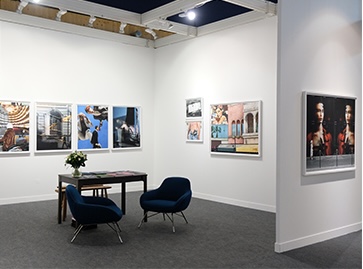

 GRACIELA HASPER
GRACIELA HASPER DAVID ROHN
DAVID ROHN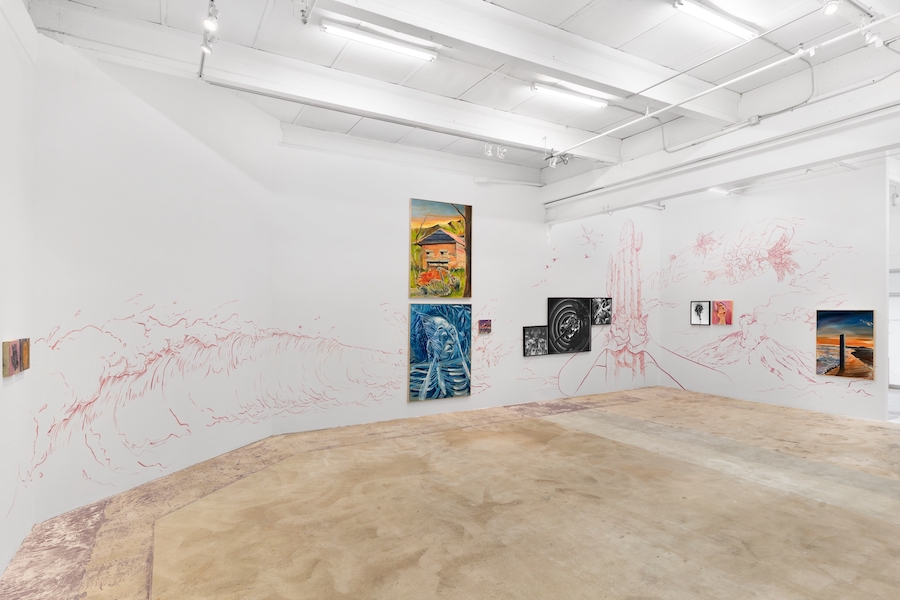 GONZALO FUENMAYOR + MARCOS CASTRO
GONZALO FUENMAYOR + MARCOS CASTRO ANASTASIA SAMOYLOVA
ANASTASIA SAMOYLOVA AMADEO
AMADEO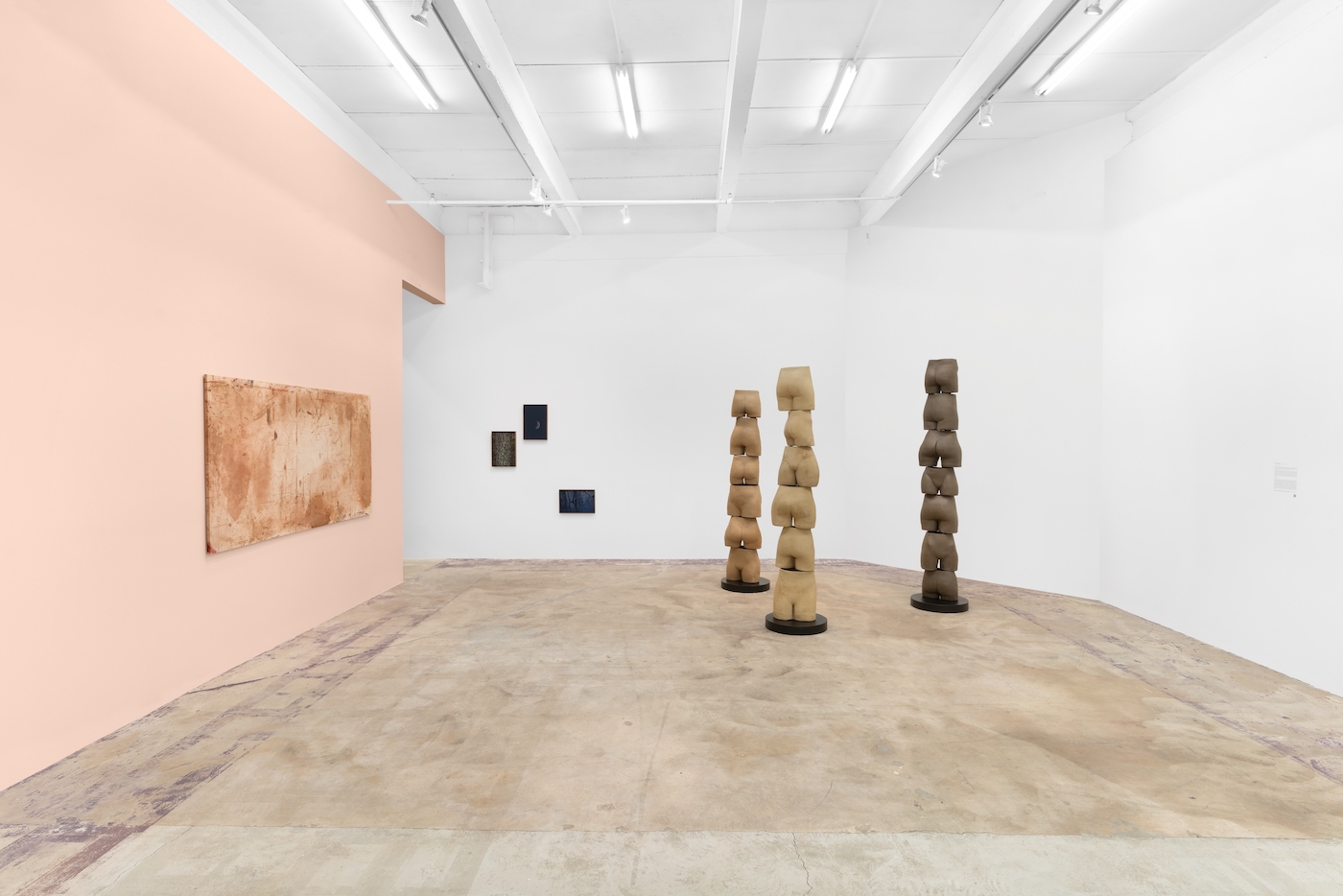 NINA
NINA LAURA MARSH
LAURA MARSH OSCAR ABRAHAM PABON
OSCAR ABRAHAM PABON PEDRO FRIEDEBERG
PEDRO FRIEDEBERG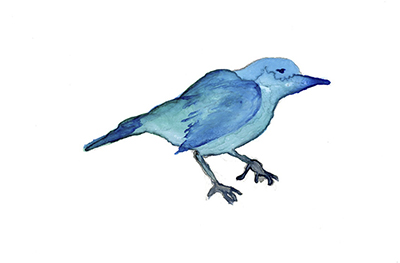 RAQUEL SCHWARTZ
RAQUEL SCHWARTZ
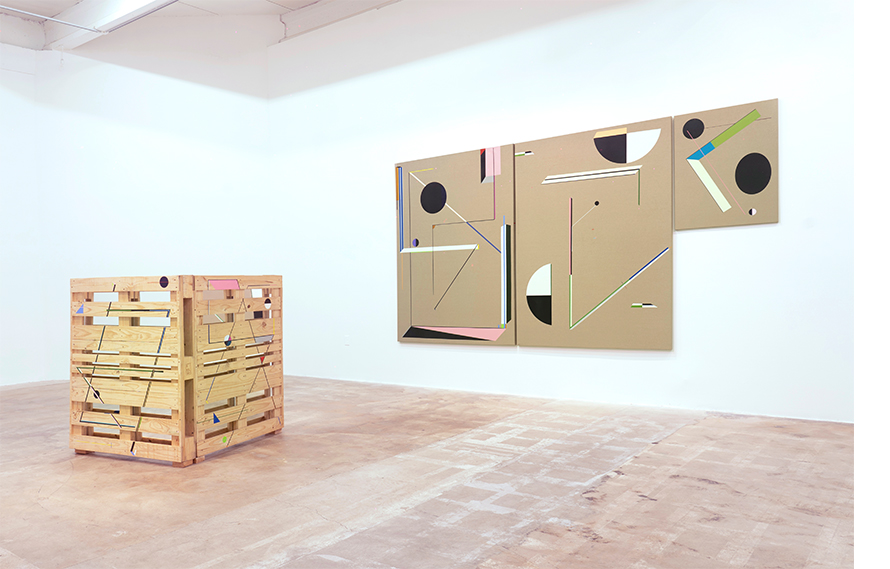

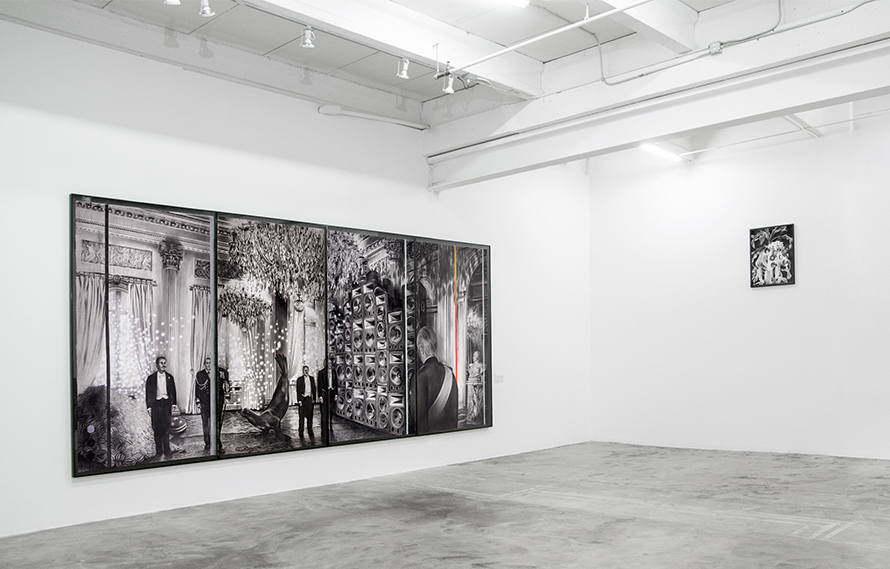

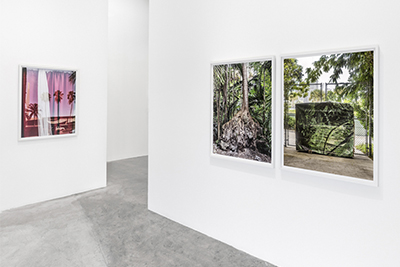
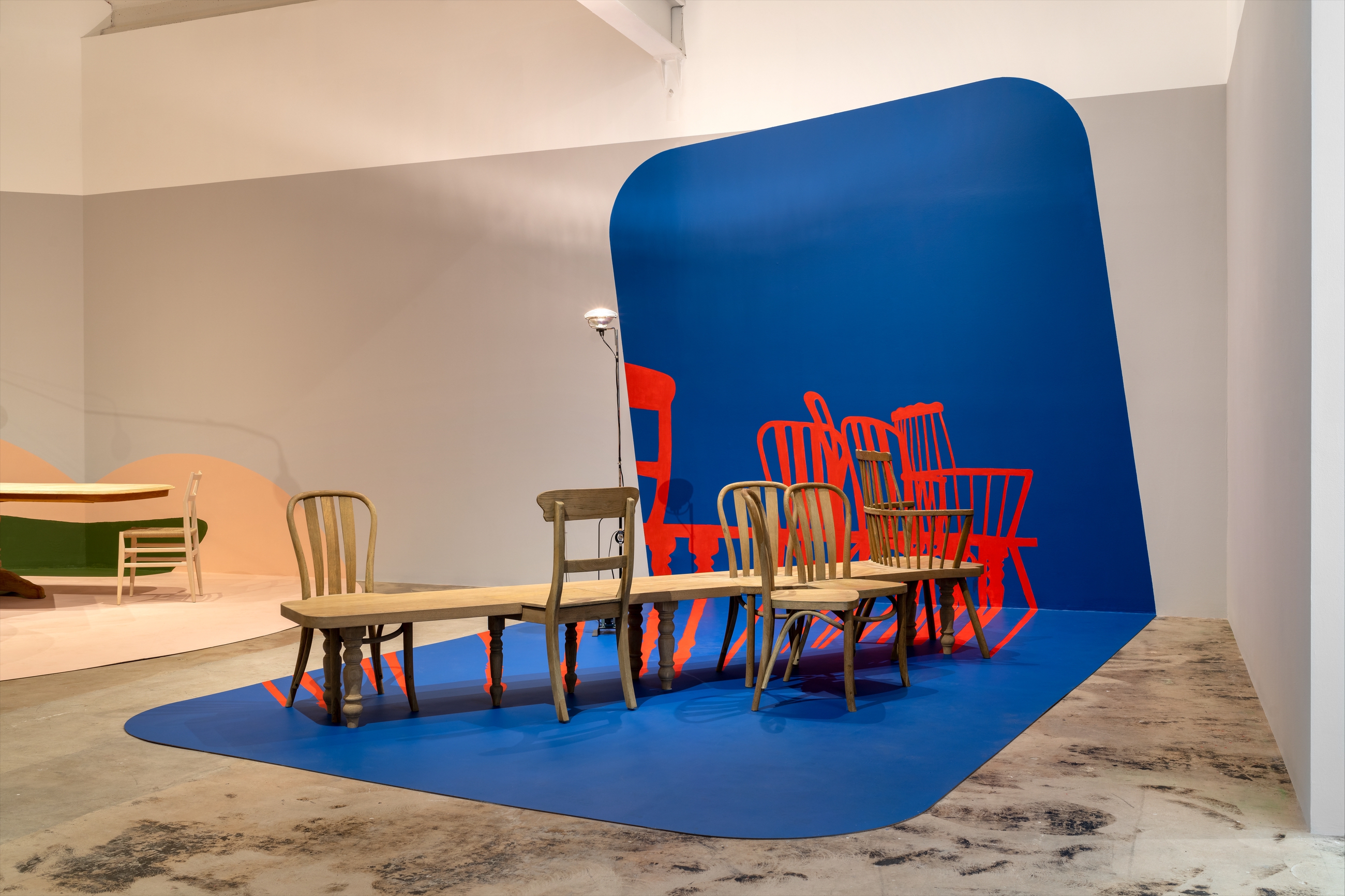
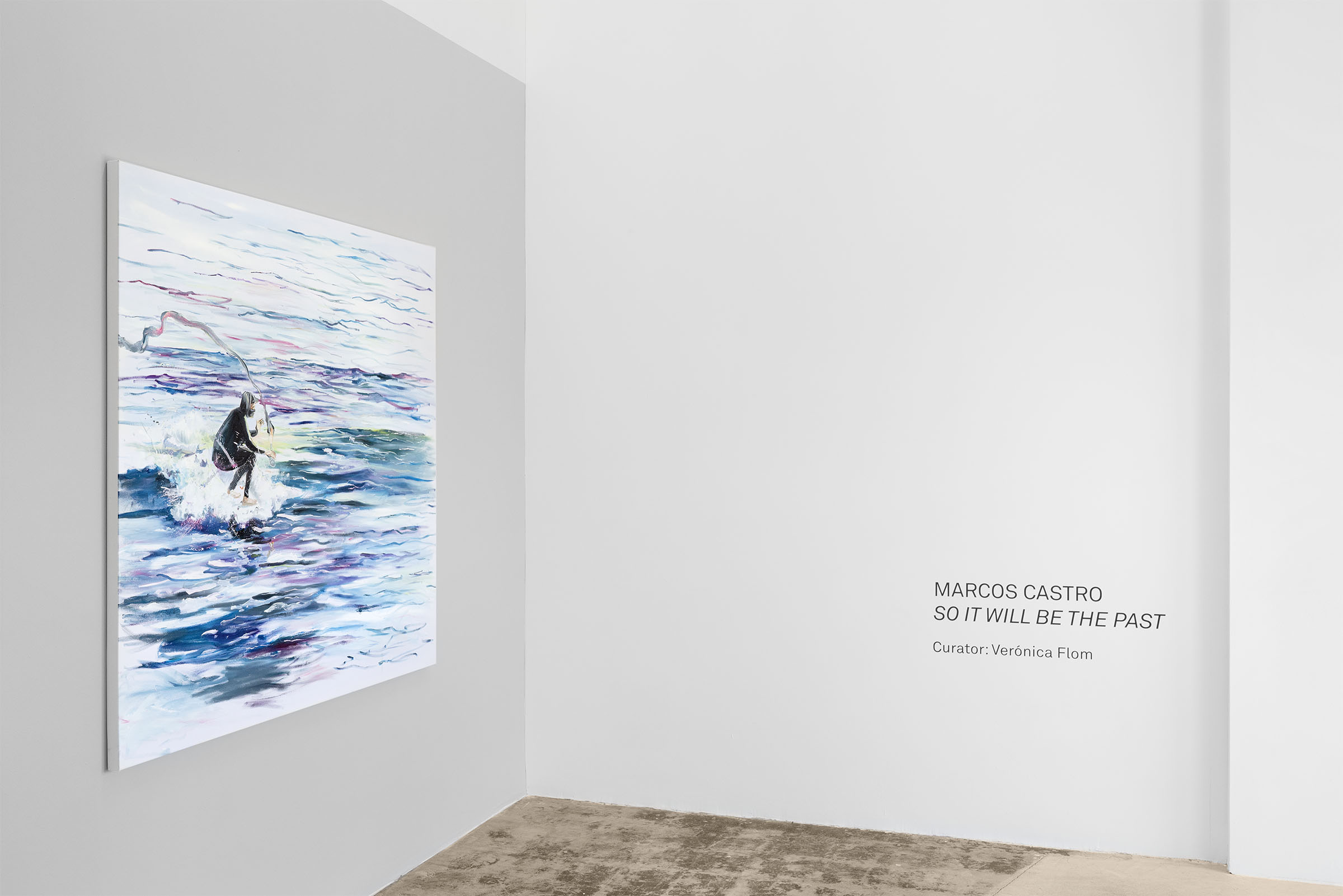



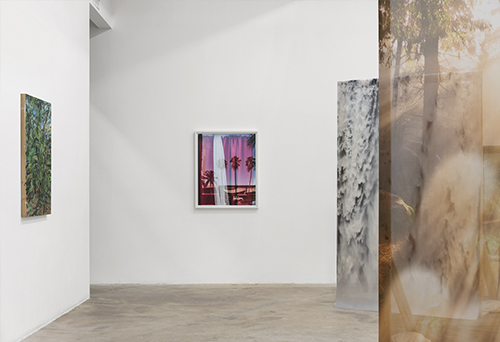
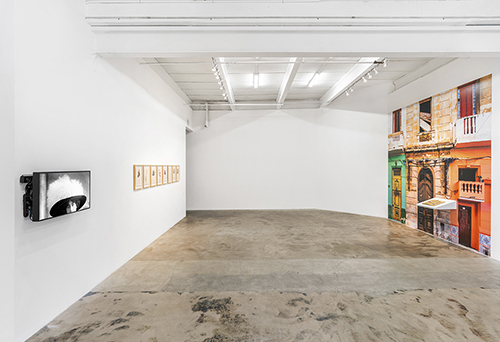
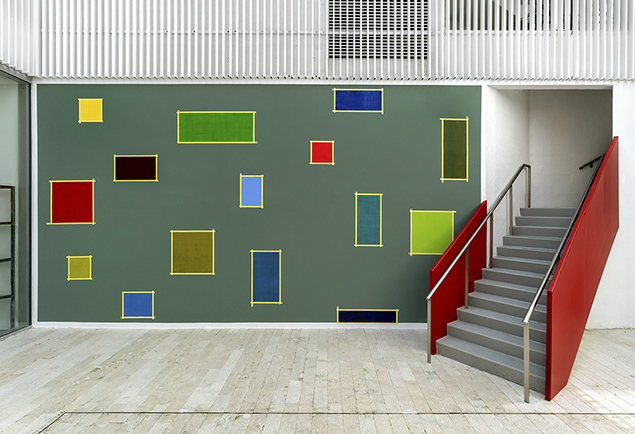




 MICHELLE WEINBERG
MICHELLE WEINBERG ADAM SHOW
ADAM SHOW


 JORGE CABIESES
JORGE CABIESES












